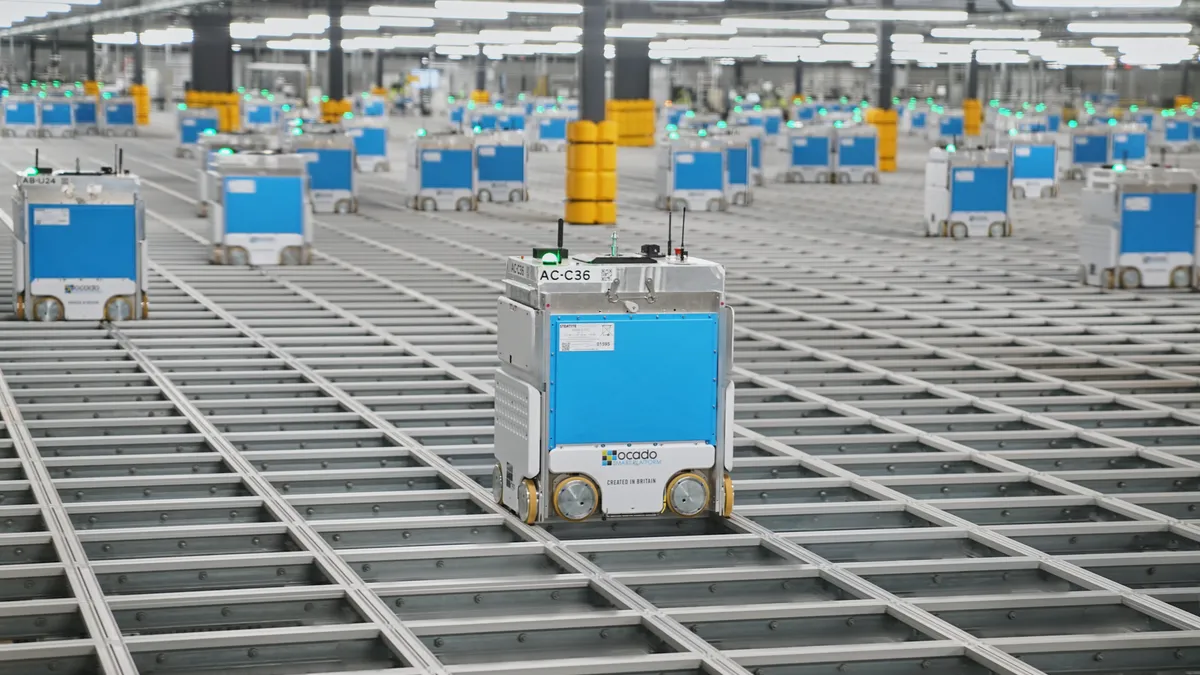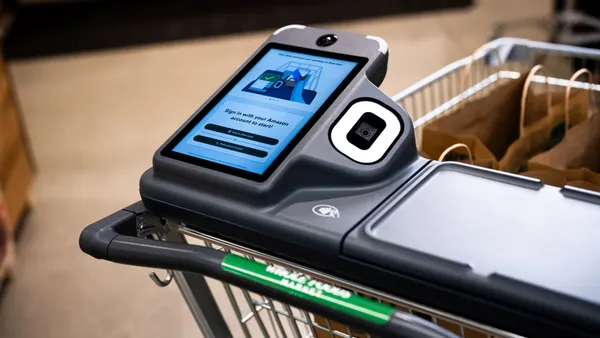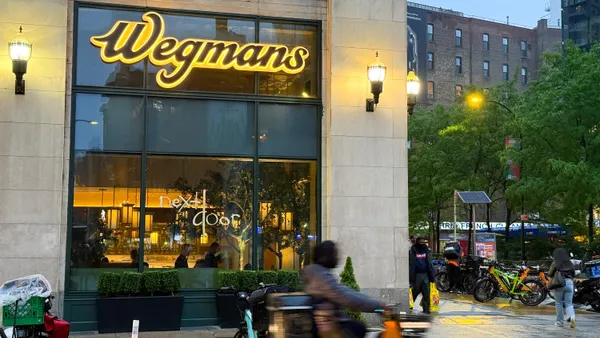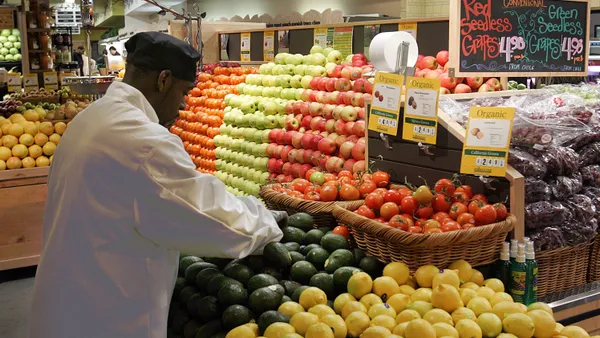Consumers are more value-conscious than ever, actively searching for bargains and rethinking their approach to buying groceries. From clipping digital coupons to buying in bulk, customers are exploring strategies to stretch their budgets. In a January Nielsen IQ report, 87% of shoppers reported adjusting their grocery spending habits.
While cost-saving behaviors create challenges for both brands and retailers, they present an opportunity for marketers to engage with customers and discover growth in a price-sensitive landscape.
These shifts in consumer behavior raise an important question: How can grocery marketers ensure their campaigns connect with the right audiences and deliver measurable results?
For grocery marketers, the stakes are especially high. Competition for attention is intense: New products and promotions surface consistently, and shopper loyalty can shift with a well-timed sale. Leading brands will be the ones that demonstrate value and remain visible, relevant, and top-of-mind across multiple touchpoints.
Turning trillions of signals into smarter ways to reach value-conscious customers
Grocery industry marketers – who were fighting the battle against wasted ad spend long before consumer wallets started tightening – are always trying to understand what shoppers are thinking, how tastes are changing, and how to meet evolving expectations.
Many marketers rely on demand-side platforms (DSPs) to achieve the above, which help them plan, buy, and measure digital advertising more efficiently.
Traditionally, DSPs segment grocery audiences by demographics or behavior and refine those audiences as campaigns run, using attribution models that often depend on third-party tracking to show results.
This approach has been helpful, but it’s far from perfect. Audience models are often broad at the start and rarely reach the level of granularity grocery marketers want. That means a portion of a brand’s ad spend inevitably gets misallocated – though it’s not clear exactly how much or in which areas.
Now, DSPs equipped with artificial intelligence can take a brand’s budget further. By analyzing trillions of audience signals, DSPs can build more precise customer segments based on purchase history and adjust as campaigns unfold. This allows marketing teams to deliver fast, relevant ads that resonate with shoppers’ needs.
When a brand combines these signals with first-party insights, it can quickly boost engagement and return on advertising spend (ROAS) while achieving what every grocery marketer ultimately wants – measurable growth.
“We know every percentage point of revenue growth matters for grocery brands right now," says Nancy Wine, head of grocery, U.S. advertising, Amazon. “Grocery brands use our audience signals to connect with both new and lapsed customer segments, winning over price-sensitive shoppers while boosting their return on ad spend."
What DSP success looks like going forward
Let’s explore how grocery brands are achieving results through Amazon DSP Performance+ – a goal-based campaign solution that simplifies setup, enables real-time optimization, and delivers full-funnel results across display and video.
Performance+ is powered by predictive AI. The model analyzes trillions of signals across a brand’s first-party data combined with Amazon’s shopping, browsing, and streaming activity to recommend the best campaign strategy.
With these capabilities, marketers can use Amazon DSP Performance+ to reach consumers most likely to engage with their products, deliver relevant ads at the right moment, and measure performance more precisely – often down to the SKU level.
And while the technical details matter, most marketing teams expect to see results. In a campaign Amazon DSP Performance+ conducted for a global food and beverage CPG leader last fall, the brand achieved:
- A 4X increase in ROAS compared to non-Performance+ campaigns
- A 2X boost in ROAS for remarketing
- And a roughly 80% higher ROAS when targeting lapsed consumers
Next steps: Three questions you should ask your DSP
So how can your grocery brand start reaching new shoppers with automation? A good first step is to evaluate what your current DSP can deliver. Consider asking:
- How does your DSP’s AI technology connect advertisers with their most relevant and engaged audiences?
- What intent signals and data sources can the DSP leverage to help my brand reach niche customers?
These questions provide a framework for understanding how a DSP supports both immediate performance and long-term strategy. Beyond campaign delivery, the ability to translate audience signals into actionable insights helps grocery marketers to meet shoppers in the moment.
As consumer expectations continue to evolve, brands that can anticipate emerging trends and act quickly will be better positioned for long-term growth.
For more on how grocery brands are using AI to reach today’s shoppers, visit Amazon Ads for case studies and additional details.
Sources
Amazon Internal Data, U.S., August–September 2024. Amazon Ads x EMARKETER Grocery Study, n= 1,320, U.S., 2025.
Key Grocery Trends for 2025, U.S., January 2025. Nielsen IQ.











